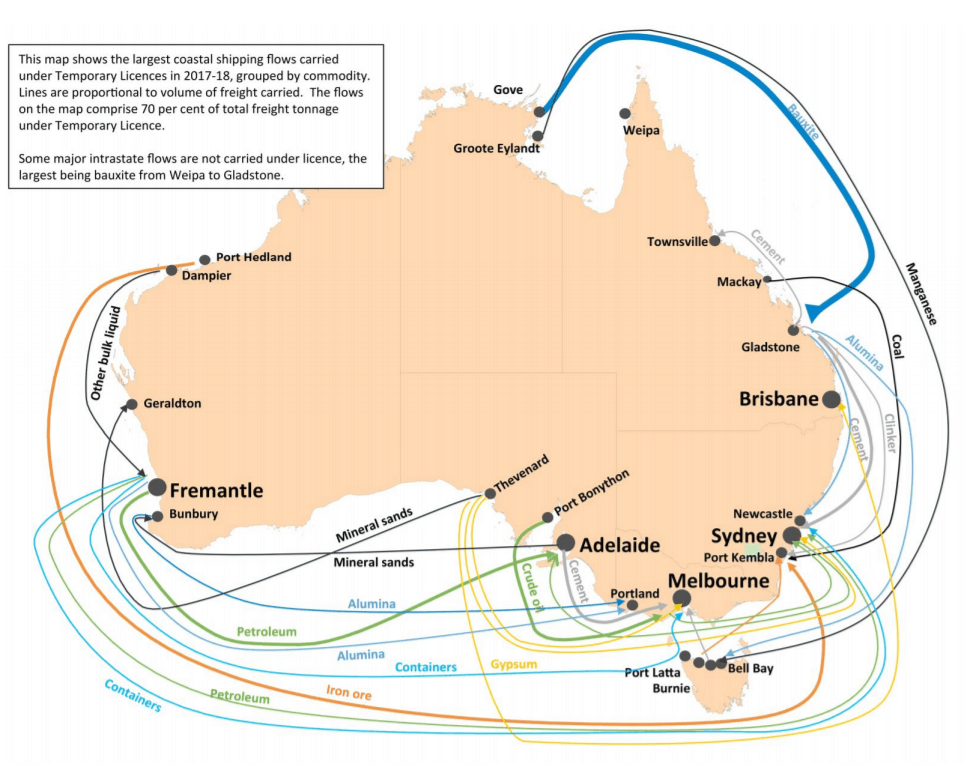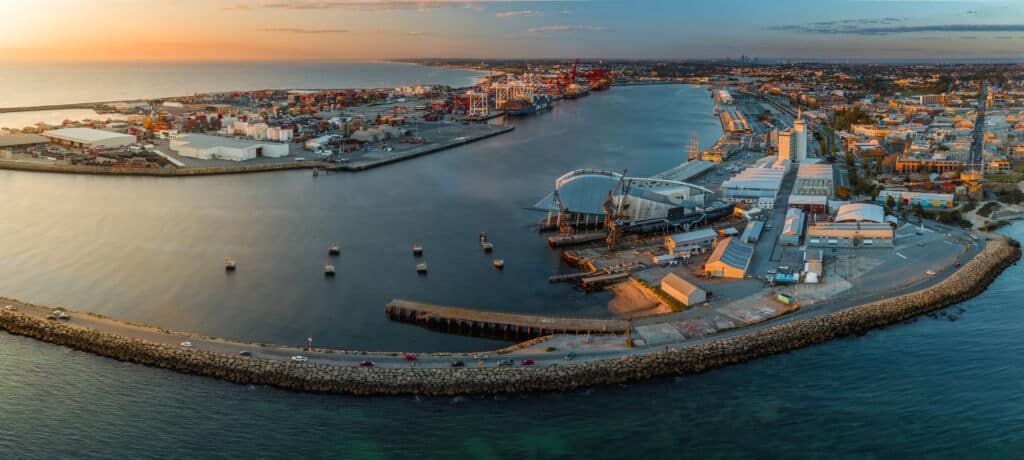Coastal shipping is the term that relates to the domestic transport of cargo freight between states of Australia and overseas nations via ocean freight vessels compared to that of road and rail freight means. As an island nation, coastal shipping is an important factor towards Australia’s economy. Coastal shipping remains one of the most cost-effective mode for ocean freight from Australia. Keep reading to find out more.
It should be noted that whilst coastal shipping is technically a mode of sea freight, it does not involve international sea freight whereby it is the movement of cargo within a nation via sea freight means along the coast of Australia. Therefore, it should be noted that not all sea freight rules apply to coastal shipping. Firstly, coastal shipping does not facilitate Less than Container Load (LCL) shipping. If LCL shipping is preferred, then opting for road freight over coastal shipping is recommended.

Transco Cargo Australia – Coastal Shipping
So why choose coastal shipping. Here’s why.
- Affordability in terms of coastal shipping offering alternatives that are cheaper compared to that of road freight or rail freight when shipping in between states of Australia. Rail freight charges are incremental tonnage which means that the heavier the cargo load the costlier the transport charges will be whereas sea freight for coastal shipping is charged based on per container.
- Environmentally Consciousness in terms of coastal shipping emitting lesser carbon in comparison to that of other modes of transport that would be needed to transport the same tonnage across the same distance.
- Consistency in terms of domestic coastal shipping provides consistent transport times and is reliable. The most common domestic coastal shipping routes include East Coast to Fremantle, Melbourne to Brisbane and Melbourne to Tasmania (also known as Trans Bass Service)
- Relief for Freight Congestion in terms of during COVID-19 pandemic induced roadblocks in different states meant that coastal shipping was the ideal alternative to avoid unwanted freight congestion.

